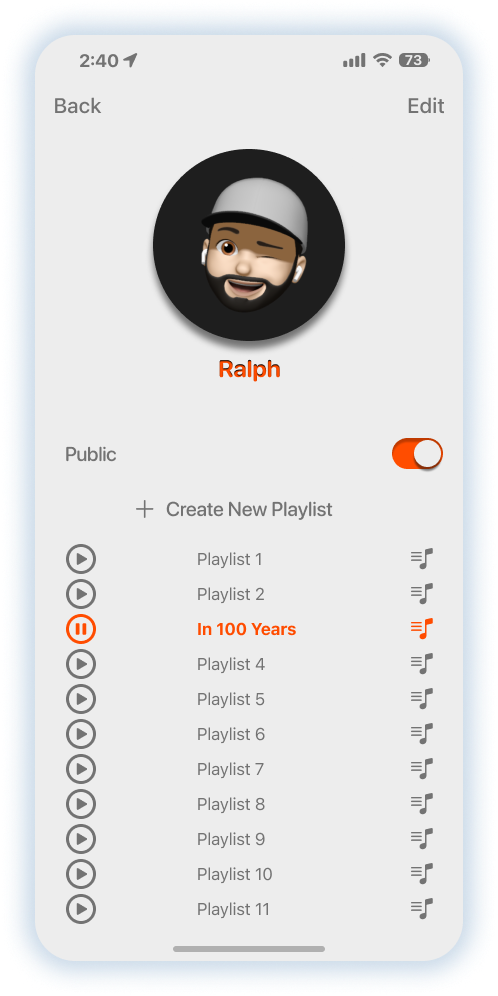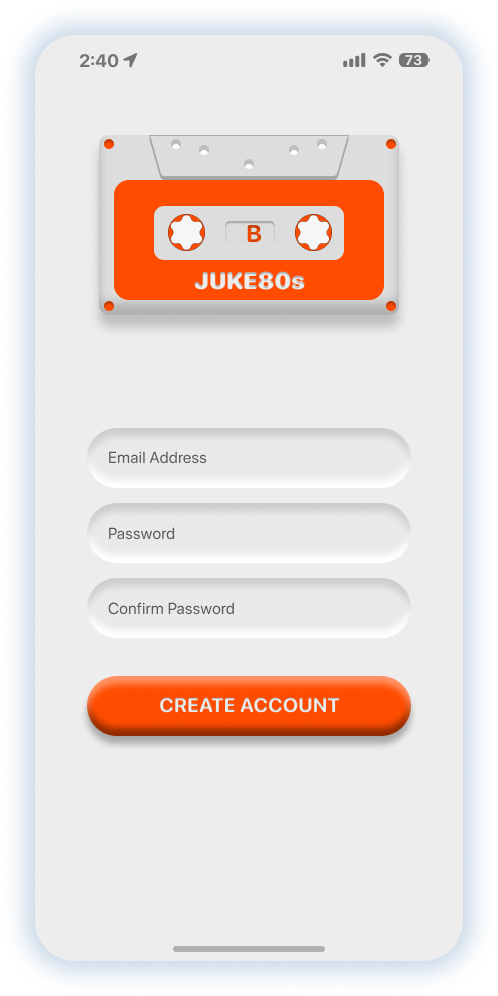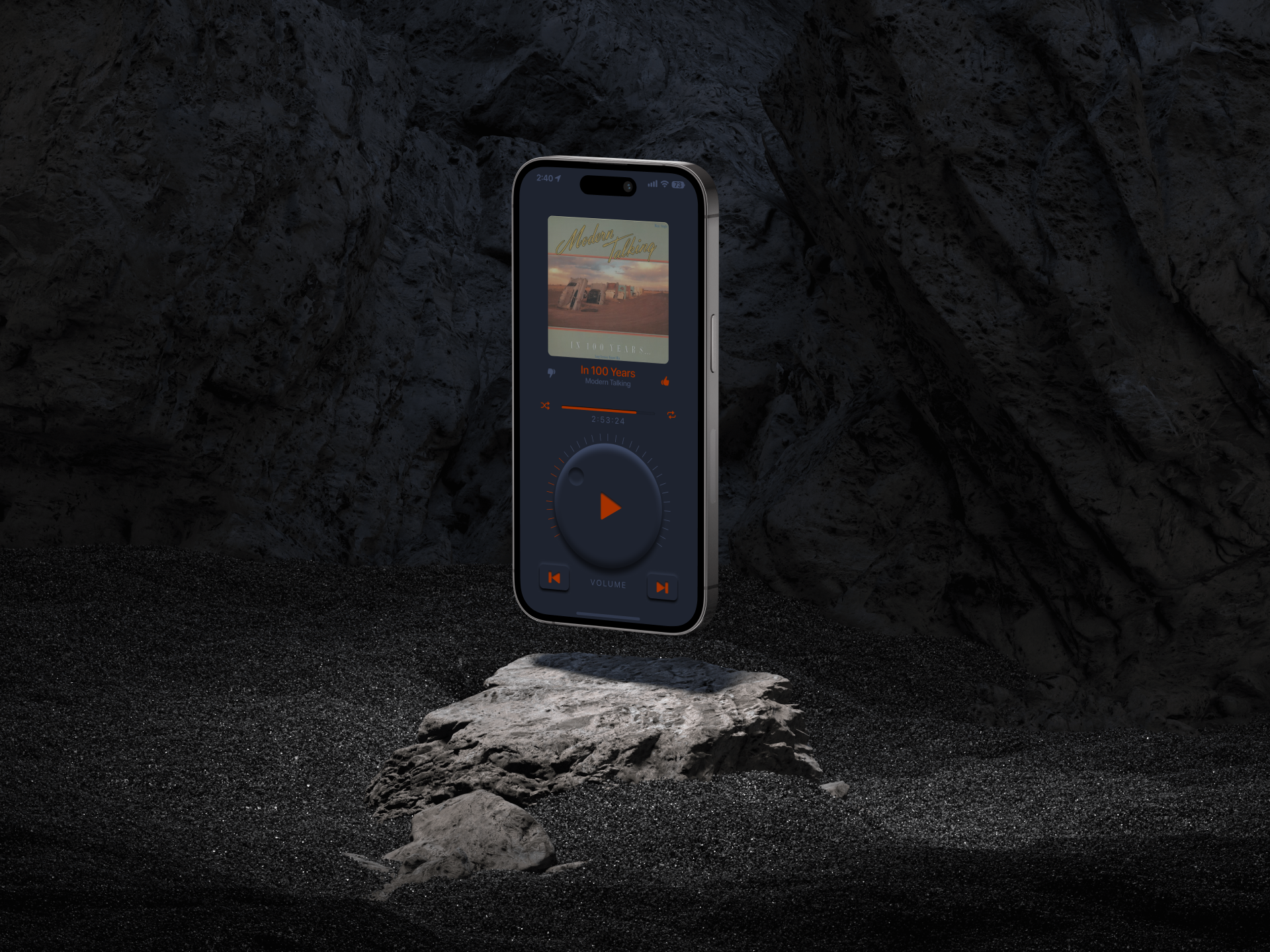Juke80’s
Introduction
JUKE80s is a mobile application designed to immerse users in the iconic music era of the 1980s. Aimed at a demographic that cherishes the nostalgic beats of the decade, this app provides a personalized and engaging platform for streaming '80s music.
Objective
The primary goal was to create a user-friendly and visually appealing UI that resonates with the colorful and lively spirit of the '80s, while incorporating modern design practices to ensure a smooth user experience.
Research
By analyzing competitor apps like Apple Music and YouTube Music, we identified key UI elements that users find intuitive and enjoyable. These insights informed our design strategy, enabling us to focus on creating a user-centric interface with easy navigation and personalized features.
User Flow Diagram
Design Process
By analyzing competitor apps like Apple Music and YouTube Music, we identified key UI elements that users find intuitive and enjoyable. These insights informed our design strategy, enabling us to focus on creating a user-centric interface with easy navigation and personalized features.
Low-Fidelity Wireframe
Mid-Fidelity Wireframe
Challenges and Solutions
Challenge 1:
Balancing nostalgic elements with modern design trends to appeal to a broad user base without overwhelming them with retro features.
Solution:
We carefully selected design elements that hint at the '80s vibe, like color choices and iconography, while keeping the overall UX clean and contemporary. This balance ensures users feel the nostalgia without sacrificing usability.
Challenge 2:
Ensuring that the app's design is accessible and inclusive, considering the diverse age range of the target audience.
Solution:
Accessibility features were a key focus. We implemented a typography hierarchy that's easy on the eyes and used color contrasts that pass the WCAG 2.1 guidelines, ensuring users of all ages can enjoy the app comfortably.
User Testing and Feedback
Initial user testing was conducted with a group that closely mirrors our target demographic. Participants were asked to complete tasks like creating a profile, searching for artists, and making a playlist. Feedback was overwhelmingly positive, but users pointed out the need for:
· Simplified navigation through the search feature.
· More intuitive playlist creation process.
Implementation of Feedback
Based on the feedback, we made the following adjustments:
· Enhanced the search functionality with predictive text and clearer categorization.
· Streamlined the playlist creation flow, reducing the number of steps to add songs and finalizing the playlist.
The iterative process of user testing and refining the app based on real feedback was crucial in developing a user-friendly platform that not only meets but exceeds user expectations.
Final Design
Lessons & Outcomes
Working on the JUKE80s app taught me some key things about app development. I learned how to blend retro '80s design with modern styles, making the app appealing for all ages. It was important to focus on making the app easy to use; therefore, I paid a lot of attention to things like clear text and good color choices. I also learned about making apps accessible to everyone, which meant adding features for people who might find some apps hard to use. One big lesson was the value of user testing; it helped me see where I could improve things, like the search function and playlist creation. This experience showed me how important it is to keep improving an app based on what users say, ensuring it’s not just nice to look at but also really functional and enjoyable.

























